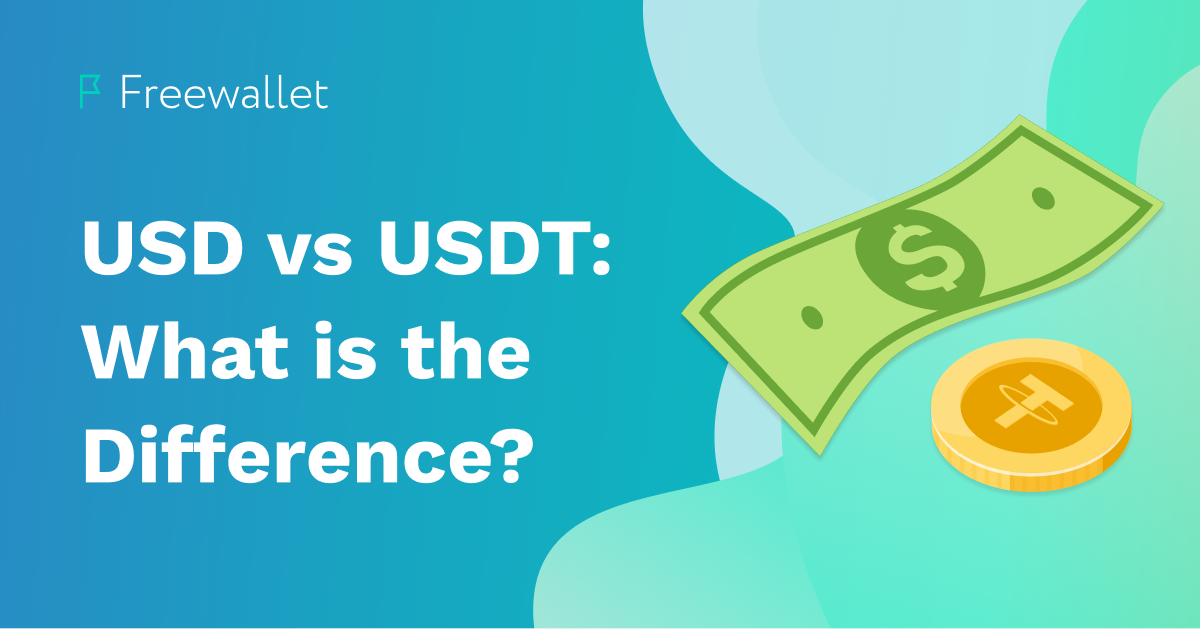
APY – Annual Percentage Yield – is a very useful tool to evaluate the return of any investments.
Cryptos don’t make an exception: being assets you can invest in, you have the opportunity to evaluate what the interest would be and what’s the most convenient investment for you.
We created this piece of content to tell you about different methods to calculate interest rates and what are the differences among the most used formulas and tools.
You’ll find out that when dealing with digital currencies, the market developed its own tools, and that they have different characteristics according to the type of platform you choose to use.
So, what does APY mean in crypto? Go on reading to understand how Annual Percentage Yield works in the crypto space.
What Is APY?
APY stands for Annual Percentage Yield: the APY is the method used to evaluate the return of any investment.
It is calculated by using both the amount invested and the time period for which that investment stays active – on a yearly basis. The time frame is a fundamental element, because the difference between APY and simple returns is compounding – as we will see later.
So, in simple terms, annual percentage yield is the return people earn during a given time period and considers compounding.
Here’s the formula to calculate APY:
APY= (1 + r / n)n – 1
Here, r represents the actual rate and n the number of periods for which compounding is evaluated.
As we said, this calculation can be made for any investments: also for what concerns cryptos, APY can be calculated for your investments in crypto assets.
How does APY work in Crypto?
What is APY in cryptocurrency? Starting from the definition we provided, we can assess that annual percentage yield in cryptocurrency works as a sort of savings account where users earn compounding interest determined by the time period and the amount of the investment.
When it comes to cryptos, you need to find the right services and options that offer APY on cryptos. When investors want to benefit from APY, they need to consider their crypto investments as long-term investments, similar to what you do when hodling – to earn higher returns, and also to consider aspects like fees to correctly assess return earned.
Simple Interest Rate vs. Annualized Percentage Yield
As we said at the beginning of this article, annualized percentage yield has particular features that makes it possible to distinguish APY from simple interest rate.
Simple interest rate, as the name suggests, is a “simple” method to calculate interest taking into account only the principal – that is, the initial amount invested in the asset – and the number of days – the duration of the investment.
The formula to calculate simple interest is the following:
SI = P x I x N
Where P is the principal, I is the daily rate, N is the amount of days.
So, this kind of calculation results in a fixed percentage.
APY is different in the sense that compounding is included in the calculation.
Compound interest considers not only the principal, but also interest: as time passes, interest is not calculated only on the initial amount invested, but also on the interest previously earned. This means, of course, that compound interest allows higher interest rates if compared to simple interest.
How Does 7-Day APY Work in Crypto?
7-day APY is simply the annual percentage yield calculated every 7 days.
So, the yield always takes into account compounding, but a shorter time frame is particularly useful, especially when it comes to cryptocurrencies that are extremely volatile.
What Is the Annual Percentage Rate (APR)?
The annual percentage rate (APR) is still different – and it’s important to also cover this topic, since many times there is confusion when talking about APR and APY.
APR and APY are similar in the sense that both take into account yearly calculations, but APR doesn’t use compounding.
The annual interest rate is calculated only on the principal – it doesn’t matter how much interest you earn over time, this doesn’t involve higher returns.
For this reason, APY is higher than APR, since the latter only accounts for simple interest.
How Is APY Calculated in Crypto?
The formula to calculate APY for any other financial asset is not different for cryptos.
If you make an investment of 100 USD in a crypto asset on a platform with a 5% 7-day APY, this means that you will get $105 and your interest rate will compound every 7 days.
So, the next time you’ll need to calculate the interest on those $105, and so on.
Of course, to get the net amount of your earnings you’ll need to consider fees and other barriers.
The calculation and the functioning of APY is not different for cryptos, but it’s the crypto market that is different from more conventional markets.
First off, when we talk about APY we need to think that interest is earned because someone else is doing something with that investment – it can be used to make a crypto system more secure, to lend money, to make other investments, and so on. Basically, other people put your money at work.
Now, consider cryptos: platforms are many, and APY is always different – as well as the level of liquidity on each platform.
So, if demand for that specific asset you’re investing in is high, APY tends to be higher – because, in very simple and general terms, more people want to use your investment to do something else.
That’s why there are so many different and volatile APY in the crypto space – and you need to always consider the APY of the platform you want to use.
One more thing that is worth noting, always related to crypto volatility, is how a particular crypto works to increase its value over time: a crypto asset with a high APY, but with a weak tokenomics, could be useless because chances are that it will lose value in the long-run.
To assess the most convenient investment according to your needs, you can use Freewallet crypto comparisons to discover more about your favorite crypto assets.
Comparing crypto projects
In the image below, you can find the BTC/USD price chart:
Source: CoinMarketCap
Bitcoin has a limited supply and a strong project behind it, proving to be a reliable crypto project. Despite the volatility that sometimes leads to impressive price drops, it’s safe to say that the first crypto managed to maintain a system that allows it to gain value over time.
Now, consider this other image:
Source: CoinMarketCap
Despite its popularity and initial hype, Squid Game (SQUID) turned out to be one of the most recent scams in the crypto space – and there were sufficient hints to avoid any investment. Even if a crypto has 60% APY, always do your own research and evaluate the project itself – before the APY:
Different Ways to Earn APYs in Crypto
In the crypto space, users can usually benefit from higher APY – especially to compensate for risks.
There are two main ways to earn APY with cryptocurrencies:
- Centralized platforms,
- Decentralized platforms.
In both cases, interest is the reward for making markets more liquid and making loans, but there are some differences when these two systems are compared:
- CeFi platforms set the APY for different cryptos according to their features – this makes APY usually more stable;
- DeFi APY depends on market forces, that’s why it’s usually less stable.
Crypto users and investors usually can calculate APY for a set of different operations with cryptos – mainly staking, providing liquidity to DeFi liquidity pools, DeFi farming and using saving accounts provided by CeFi exchanges.
Conclusions
APY – Annual Percentage Yield – is a good instrument to measure investment returns taking into account compounding.
You can find APY also in the crypto space, but since this innovative market has its own particular features, you need to make different considerations when evaluating crypto APY.
Related
Stay tuned
Subscribe for weekly updates from our blog. Promise you will not get emails any more often.
Most Popular
New Posts
Stay tuned
Subscribe for weekly updates from our blog. Promise you will not get emails any more often.







